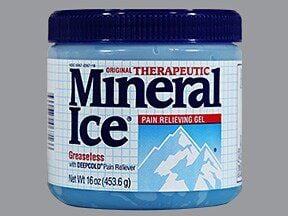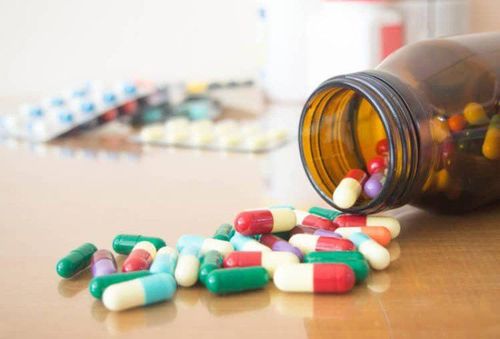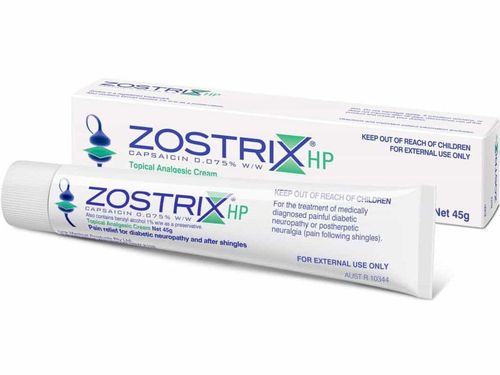This is an automatically translated article.
Methyl salicylate is a topical drug, often used in the treatment of a number of cases of pain such as back pain, arthritis, muscle strains, sprains,... So what is Methyl salicylate?
1. What is Methyl salicylate?
Methyl salicylate (methyl salicylate) is a topical pain reliever. Methyl salicylate has the effect of congesting the skin, often combined with other essential oils to make topical medications, massage agents, and pain-treatment bandages.
Methyl salicylate is usually prepared in the following forms:
Topical methyl salicylate 0.5% v/v Methyl salicylate cream 25%. 10 % methyl salicylate patch. Topical creams, gels, lotions, oils, ointments or sprays. Methyl salicylate is indicated in the following cases:
Preventing sores and hardening of the skin of the feet. For the temporary relief of mild cases of muscle and joint pain, such as backache, lumbago, neuralgia, muscle strain, bruises, sprains, arthritis. Methyl salicylate is contraindicated in cases of hypersensitivity to methyl salicylate or any of its ingredients.
2. Dosage and usage of the drug Methyl salicylate
Dosage and how to use Methyl salicylate topical cream:
Apply directly to the skin with a cotton ball for adults and children 2 years of age and older. Do not use on children under 2 years of age unless directed by a doctor. Apply the medicine externally to the painful area, which can be applied 3 to 4 times a day. Use only when needed. Dosage and use of Methyl salicylate patch:
Apply a patch to the painful area, up to 3 times a day. Do not apply on damaged skin such as scratches, infections. Do not leave the patch for more than 8 hours in one position. Children under the age of 18 need a doctor's advice when using salicylate patches.
3. Side effects of the drug Methyl salicylate
Rarely does Methyl salicylate cause side effects. Possible side effects when using the drug include:
Signs of an allergic reaction, such as rash, hives, itching; swollen, red, blistering, or peeling skin with or without fever, wheezing, chest tightness, trouble breathing, unusual hoarseness, or swelling of the mouth, face, lips, tongue, or throat. Skin irritation. Red skin.
4. Some general notes when using the drug Methyl salicylate
Do not apply Methyl salicylate to stretch marks. Use only external Methyl salicylate. Keep medicine out of sight and reach of children. Methyl salicylate preparations are flammable, keep away from open flames. Methyl salicylate contains 90.25% v/v ethanol so it may cause a burning sensation on damaged skin. Avoid contact with eyes of Methyl salicylate. Do not use the medicine in large amounts, especially on rough surfaces or blistered areas, do not apply to wounds or damaged skin, do not bandage. Stop using Methyl salicylate and ask your doctor if an allergic reaction occurs, condition worsens or does not improve within 7 days, symptoms appear clear and increase within a few days such as redness, irritation , swelling, pain... Avoid getting Methyl salicylate into your mouth, nose, rectum or vagina. If this happens, wash it off with water. Avoid touching your eyes, mouth, nose, genitals, or rectum with your hands until you have thoroughly washed your hands. Also avoid handling food while methyl salicylate is still on your hands.
5. Interaction of Methyl salicylate with other drugs
It has been reported that topical methyl salicylate may enhance the anticoagulant effect of warfarin. Anisindione and dicumarol also interact with topical methyl salicylate. Drug interactions can cause unwanted effects or reduce the effectiveness of Methyl salicylate. Therefore, when taking medicine, you should follow the rules and guidelines from your doctor.
Please dial HOTLINE for more information or register for an appointment HERE. Download MyVinmec app to make appointments faster and to manage your bookings easily.













